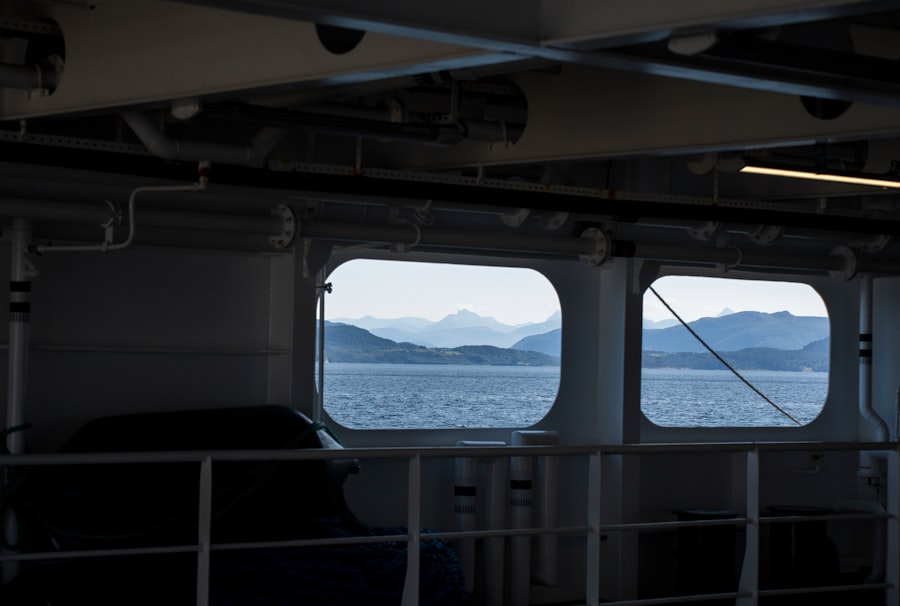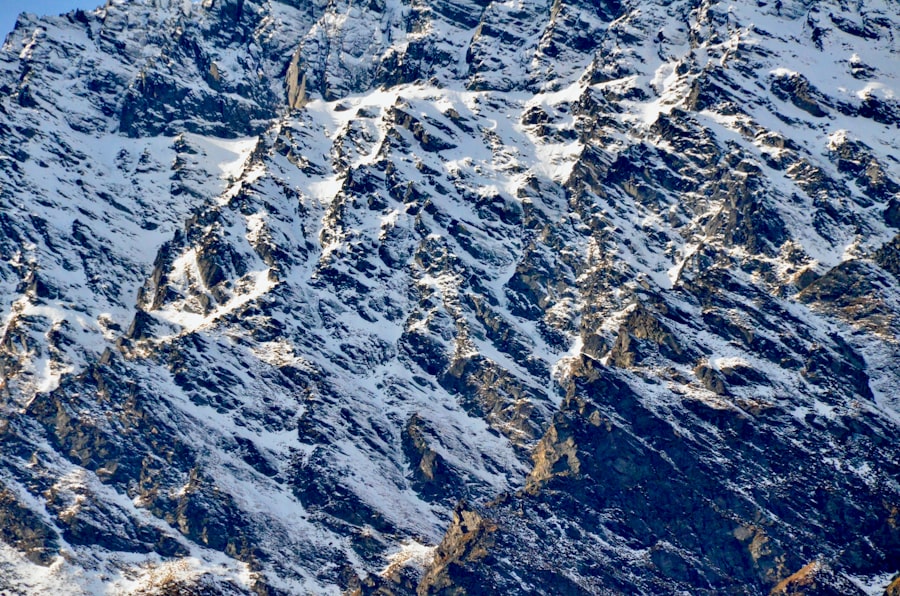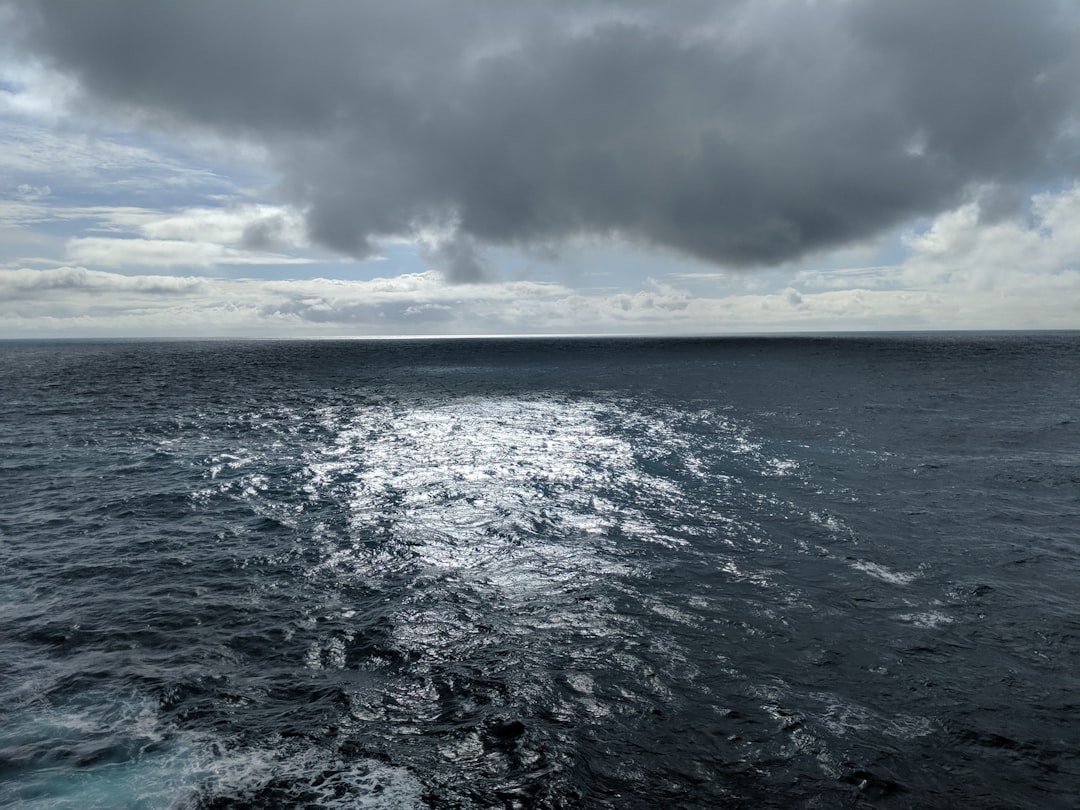Drake’s Passage, a body of water situated between the southern tip of South America and Antarctica, was named after the famed English sea captain Sir Francis Drake. Its discovery marked a significant milestone in maritime exploration during the late 16th century. The passage itself is characterized by its tumultuous waters and unpredictable weather, which have made it both a formidable challenge and a point of intrigue for sailors and explorers alike.
The discovery of this passage opened new routes for trade and exploration, allowing for greater interaction between Europe and the New World. The historical context surrounding the discovery of Drake’s Passage is essential to understanding its significance. During the Age of Exploration, European powers were fiercely competing for dominance over trade routes and territories.
Drake’s journey through these waters in 1578 not only demonstrated the potential for a navigable route around the southern tip of South America but also provided valuable insights into the geography of the region. His expedition laid the groundwork for future explorers who would seek to traverse these treacherous waters, ultimately shaping the course of maritime history.
Key Takeaways
- Drake’s Passage was discovered by Sir Francis Drake in 1578 during his circumnavigation of the globe.
- The discovery of Drake’s Passage had a significant impact on exploration and trade, providing a new route for ships to navigate between the Atlantic and Pacific Oceans.
- Navigating Drake’s Passage presents numerous challenges, including strong winds, rough seas, and icebergs, making it one of the most treacherous waterways in the world.
- Drake’s Passage continues to be a popular destination for tourism and research, attracting visitors and scientists interested in its unique geography and ecology.
- The cultural and historical legacy of Drake’s Passage is intertwined with the myth and legend surrounding its discovery, as well as its role in South American history. Environmental concerns and conservation efforts are also important considerations for the future of Drake’s Passage.
Drake’s Expedition and the Circumnavigation of the Globe
Sir Francis Drake’s expedition, which began in 1577, was a remarkable feat of navigation and endurance. Commissioned by Queen Elizabeth I, Drake set sail with five ships, aiming to explore the Pacific Ocean and disrupt Spanish trade routes. His journey through Drake’s Passage was fraught with peril, as he faced fierce storms and treacherous currents that tested the mettle of his crew.
Despite these challenges, Drake successfully navigated the passage, becoming one of the first Europeans to do so. Drake’s circumnavigation of the globe was not merely an act of exploration; it was also a bold statement of England’s maritime prowess. After traversing the passage, he continued his journey across the Pacific, eventually returning to England in 1580 with a wealth of treasure and knowledge.
This expedition not only solidified Drake’s reputation as a skilled navigator but also marked a turning point in global trade dynamics. The wealth he brought back to England fueled further exploration and established England as a formidable naval power.
The Impact of Drake’s Passage on Exploration and Trade

The discovery and subsequent navigation of Drake’s Passage had profound implications for exploration and trade in the centuries that followed. By providing a direct route between the Atlantic and Pacific Oceans, it facilitated increased maritime traffic and opened new avenues for commerce. European powers quickly recognized the strategic importance of this passage, leading to heightened interest in the surrounding regions and their resources.
As trade routes expanded, so too did the opportunities for cultural exchange and interaction between different civilizations. The passage became a vital artery for goods such as spices, textiles, and precious metals, which were transported from Asia to Europe. This influx of trade not only enriched European economies but also contributed to the rise of global trade networks that would shape international relations for centuries to come.
The Challenges of Navigating Drake’s Passage
| Challenges | Factors |
|---|---|
| Strong Winds | Wind speeds can reach up to 70 mph, creating rough seas |
| High Waves | Wave heights can exceed 30 feet, causing instability for ships |
| Narrow Passage | Drake’s Passage is a narrow stretch of water, making navigation difficult |
| Icebergs | Potential presence of icebergs adds to the navigational hazards |
Despite its significance as a trade route, navigating Drake’s Passage has always posed considerable challenges to mariners. The passage is notorious for its unpredictable weather patterns, with fierce storms capable of arising with little warning. The confluence of cold Antarctic waters and warmer currents creates turbulent seas that can be treacherous for even the most experienced sailors.
Many ships have met their fate in these waters, leading to a legacy of caution among those who dare to traverse them. In addition to the weather, navigational hazards such as icebergs and rocky outcrops further complicate passage through this region. The combination of strong currents and shifting winds can create dangerous conditions that require skillful seamanship to navigate safely.
As a result, many modern vessels equipped with advanced technology still approach Drake’s Passage with respect and caution, recognizing that nature remains an unpredictable force in this remote part of the world.
Drake’s Passage in Modern Times: Tourism and Research
In contemporary times, Drake’s Passage has become a focal point for both tourism and scientific research. Adventure tourism has flourished in recent years, with travelers seeking to experience the thrill of crossing this legendary body of water. Cruise lines offer expeditions that allow tourists to witness the stunning landscapes of Antarctica while navigating the same waters that Sir Francis Drake once traversed.
This influx of visitors has brought economic benefits to local communities while also raising awareness about the importance of preserving this unique environment. Scientific research in Drake’s Passage has also gained prominence as climate change continues to impact marine ecosystems. Researchers study the passage’s unique geography and ecology to better understand its role in global climate patterns.
The convergence of cold and warm waters creates a rich habitat for diverse marine life, making it an ideal location for studying oceanographic phenomena. As scientists work to unravel the complexities of this region, they contribute valuable insights that can inform conservation efforts aimed at protecting its fragile ecosystems.
The Geography and Ecology of Drake’s Passage

Drake’s Passage is characterized by its unique geography, which plays a crucial role in shaping its ecological dynamics. The passage stretches approximately 800 kilometers (500 miles) wide and serves as a critical junction between the Atlantic and Pacific Oceans. Its depth varies significantly, with some areas reaching over 4,000 meters (13,000 feet).
This dramatic underwater topography influences ocean currents and contributes to the rich biodiversity found in these waters. The ecology of Drake’s Passage is equally fascinating, as it supports a diverse array of marine life. The nutrient-rich waters attract various species, including krill, which serve as a vital food source for larger animals such as whales, seals, and seabirds.
The passage is also home to several species of fish that thrive in its cold waters. This unique ecosystem is not only important for marine life but also plays a significant role in global carbon cycling, highlighting the interconnectedness of oceanic systems.
The Significance of Drake’s Passage in Maritime History
Drake’s Passage holds a prominent place in maritime history due to its role as a gateway between two major oceans. Its discovery by Sir Francis Drake marked a turning point in navigation, paving the way for future explorers who sought to chart unknown territories. The passage became synonymous with adventure and exploration, inspiring generations of sailors to brave its waters in search of new lands and opportunities.
Moreover, the strategic importance of Drake’s Passage cannot be overstated. It served as a critical route for naval powers during times of conflict, allowing fleets to maneuver between oceans swiftly. The passage has witnessed numerous historical events, from naval battles to exploratory missions, each contributing to its rich tapestry of maritime heritage.
As such, it remains an enduring symbol of human curiosity and resilience in the face of nature’s challenges.
The Cultural and Historical Legacy of Drake’s Passage
The cultural legacy of Drake’s Passage extends beyond its geographical significance; it encompasses stories of adventure, bravery, and discovery that resonate through history. Sir Francis Drake himself became a legendary figure whose exploits inspired countless tales of heroism on the high seas. His journey through these waters not only solidified his place in history but also contributed to England’s national identity during a time when maritime exploration was at its zenith.
The passage has also influenced art, literature, and popular culture over the centuries. From paintings depicting dramatic sea battles to novels recounting tales of exploration, Drake’s Passage has captured the imagination of artists and writers alike. Its mystique continues to inspire contemporary narratives about adventure and discovery, ensuring that its legacy endures in modern storytelling.
The Role of Drake’s Passage in South American History
Drake’s Passage has played a pivotal role in shaping South American history as well. Its proximity to the continent made it a crucial route for explorers seeking to navigate between Europe and South America during the Age of Exploration.
Furthermore, the strategic importance of Drake’s Passage was recognized by colonial powers seeking to establish dominance over trade routes in South America. Control over this passage allowed nations to exert influence over commerce and territorial claims in the region. As such, it became a focal point for geopolitical maneuvering during periods of colonization and conflict.
The Myth and Legend of Drake’s Passage
The mythos surrounding Drake’s Passage is rich with tales of adventure and peril that have captivated imaginations for centuries. Stories abound about ghost ships lost in its turbulent waters and legendary sea monsters lurking beneath the surface. These narratives have contributed to an aura of mystery that surrounds the passage, drawing adventurers eager to test their mettle against its challenges.
Additionally, Sir Francis Drake himself has become an iconic figure within this mythos. His exploits have been romanticized over time, transforming him into a symbol of daring exploration and maritime prowess.
The Future of Drake’s Passage: Environmental Concerns and Conservation
As awareness grows regarding environmental issues facing our planet, Drake’s Passage finds itself at a crossroads between exploration and conservation. Climate change poses significant threats to marine ecosystems within this region, impacting species distribution and oceanic health. Rising temperatures and melting ice are altering the delicate balance that sustains life in these waters.
Conservation efforts are increasingly vital as stakeholders recognize the need to protect this unique environment from human impact. Initiatives aimed at preserving marine biodiversity are gaining traction among researchers, policymakers, and conservationists alike. By fostering sustainable practices within tourism and research activities, there is hope that future generations will continue to appreciate both the beauty and significance of Drake’s Passage while safeguarding its ecological integrity for years to come.
In conclusion, Drake’s Passage stands as a testament to human exploration and resilience throughout history. From its discovery by Sir Francis Drake to its modern-day significance as a hub for tourism and research, this body of water has shaped maritime history in profound ways. As society grapples with environmental challenges ahead, it is imperative that we honor this legacy by committing ourselves to conservation efforts that ensure the preservation of this remarkable passage for future generations.
In the quest to uncover the mystery of “Where’s Drake’s Passage,” a fascinating article on MyGeoQuest delves into the historical and geographical significance of this elusive route. The article explores the challenges faced by explorers and the strategic importance of Drake’s Passage in maritime history. For those interested in a deeper understanding of this topic, you can read more about it in the related article on MyGeoQuest by following this link. This resource provides valuable insights and detailed information that enrich the narrative of Drake’s Passage and its enduring allure.
WATCH NOW! Drake Passage: Earth’s Deadliest Waters Revealed
FAQs
What is Drake’s Passage?
Drake’s Passage is a body of water located between South America’s Cape Horn and the South Shetland Islands of Antarctica. It is known for its rough seas and challenging sailing conditions.
Why is Drake’s Passage significant?
Drake’s Passage is significant because it serves as a major maritime route connecting the Atlantic and Pacific Oceans. It is also known for its rich biodiversity and is a popular destination for wildlife enthusiasts and adventurers.
Where is Drake’s Passage located?
Drake’s Passage is located in the southern part of the Atlantic Ocean, between the southern tip of South America and the northern tip of the Antarctic Peninsula.
What is the weather like in Drake’s Passage?
The weather in Drake’s Passage is characterized by strong winds, rough seas, and rapidly changing conditions. It is known for its challenging sailing conditions and is often subject to storms and high waves.
Is Drake’s Passage dangerous to navigate?
Drake’s Passage can be dangerous to navigate due to its rough seas and unpredictable weather. However, with modern navigation technology and experienced crew, it is a manageable route for ships and boats.
